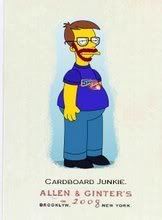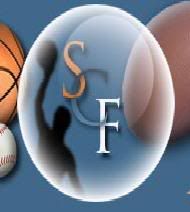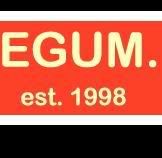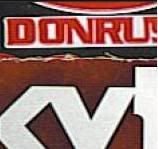
From 1991 to 2003, Stadium Club was a staple on the annual baseball card release calendar. Five years after it was last seen on the baseball market, Stadium Club still remains one of my favorite sets from those years.
While I never built any of the base sets, I have saved a lot of Stadium Club cards because of the unique or funny photos on the cards and I've also saved many of the one-of-a-kind inserts they provided collectors with over the years.
Stadium Club photographers were some of the best in the business as they frequently got shots of players in action like double plays, jumping/diving catches or tearing out of the batter's box even on the older cards. I also have several base cards where they have a picture of the pitcher from an overhead angle which makes for one interesting trading card. There used to be a Stadium Club Photo of the Month advertisement in Beckett so you know they had to be doing something right.
But while their fantastic photography made the base sets famous, Stadium Club also produced some innovative insert sets during their tenure.
The First Day Issue parallel from 1993-1995 was one of the first parallel sets that wasn't produced in a box set and came out just before the parallel era of the mid-1990s. The set later became Matrix in 1996 and 1997, but returned to its original tag from 1998-2000.
Stadium Club included all sorts of creative inserts during the early 1990s including Master Photos (1993, 1994), Dugout Dirt (1994), Crystal Ball (1995), Phone Cards (1995) and Ring Leaders (1995), but it wasn't until 1997 that the company began using new techniques to attract collectors to their inserts.
Sets such as Co-Signers autographs, Firebrand wooden cards, Patent Leather cards with leather and Pure Gold cards with gold from 1997 led the charge in the insert revolution that was the late 1990s. In 1999, the biggest mouthful of a baseball card set, Triumvirate Luminous, were first released. These cards featured three die-cut cards for every number which fit together when put together. Stadium Club also included Video Replays which were standard size motion cards of top baseball stars of the time.
As the game-used and autograph craze caught on strong in the early 2000s, Stadium Club had to change its main feature from inserts to relics and autographs. In 2002, this change was fully noticed as Stadium Club released bat barrel, bat handle and bat trademark relic cards and for the first time had more game-used sets than regular insert sets.
After a similar looking release in 2003, Stadium Club was never seen again. I think a lot of that had to with changing the type of set Stadium Club was. Before the relic and autograph outburst, it was a fun set that all collectors could enjoy because it gave young collectors something fun and gave experienced collectors something with value and the chance for a big hit. The sets were large enough that it was a challenge to complete them and it was pure fun and joy to look through the cards after completing a set.
This is just one example of how the changing of a market can kill a good thing. Sadly, I see Topps and Upper Deck base sets being the next thing killed by the game-used and autograph era because now retail boxes cost $20 and assure you one relic card. Whatever happened to the chase that was supposed to be a big part of this hobby?














No comments:
Post a Comment